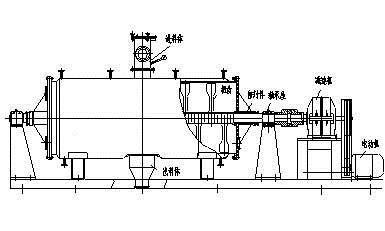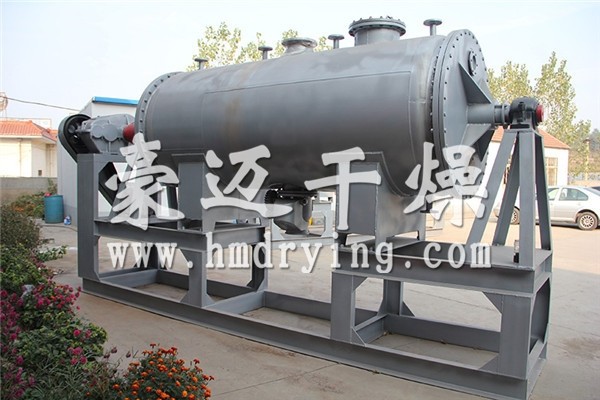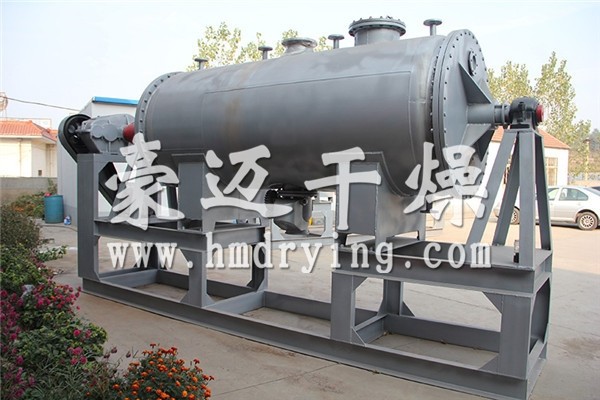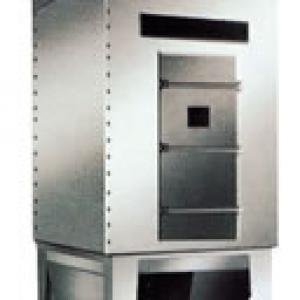Description
Classification: chemical engineering industry
Case overview: in order to obtain high-quality battery materials, it is difficult to achieve this requirement by using traditional impurity removal methods. Deep impurity removal is necessary to produce high-purity manganese sulfate raw materials suitable for positive electrode materials of power lithium-ion batteries. Our company through the introduction of foreign advanced technology, combined with many years of production experience, developed a new type of high-purity manganese sulfate vacuum rake dryer.
High purity manganese sulfate is mainly used to prepare lithium manganate, manganese tetroxide, nickel cobalt manganese ternary materials. In recent years, with the continuous development of domestic economy, as a new generation of environmental protection and high-performance battery, the development of lithium-ion battery technology and the expansion of application field, the rapid development of lithium battery industry. With the development of new lithium-ion secondary batteries, the key material high-purity manganese sulfate Market has a good development prospect, and the market demand is growing.
In order to obtain high-quality battery materials, it is difficult to achieve this requirement by using traditional impurity removal methods. Deep impurity removal is necessary to produce high-purity manganese sulfate raw materials suitable for positive electrode materials of power lithium-ion batteries. Our company through the introduction of foreign advanced technology, combined with many years of production experience, developed a new type of high-purity manganese sulfate vacuum rake dryer.
The rake teeth can work stably in harsh environment. Two or four percussion rods can be added inside the shell to facilitate the rapid drying and crushing of materials. The heating medium can be steam, heat transfer oil and hot water.
Working principle and schematic diagram: The equipment is indirectly heated by steam jacket, and the water is evaporated and removed in time. Inside the dryer shell, the rake teeth are driven by the drive shaft, and there is an angle between the rake tooth end and the axis. The main shaft rotates forward and backward to make the material move along the axial direction to facilitate drying and discharging.

Application range:
It is especially suitable for drying heat sensitive materials, materials that are easy to oxidize at high temperature, or materials that are easy to harden when drying, and materials that must be recovered from steam discharged during drying. After drying, the material is in powder form, so it is more suitable for the finished product in powder form. After drying, it can be directly packaged without crushing. The moisture content of the feed of the rake vacuum dryer can reach 90%, and the dried materials are slurry, paste, granular, powdery or fibrous, and the moisture content of the dried materials can reach 1% or even 0.5%.
Special process: Superfine glass wool with good thermal insulation is filled between the outer surface and the interlayer, which has the function of heat preservation. Steam, heat transfer oil or hot water are communicated between the interlayer and the inner tank. To play the role of heating materials. The inner tank is made of stainless steel and polished to facilitate cleaning, to meet the requirements of material drying, and to facilitate heat conduction and improve drying rate.
The mixing shaft is made of stainless steel thick wall pipe, and the rake arm rake tooth is made of stainless steel seamless tube and stainless steel plate. The rake plate is inlaid with a warped tetrafluoro plate, and scraping off the material adhering to the wall









